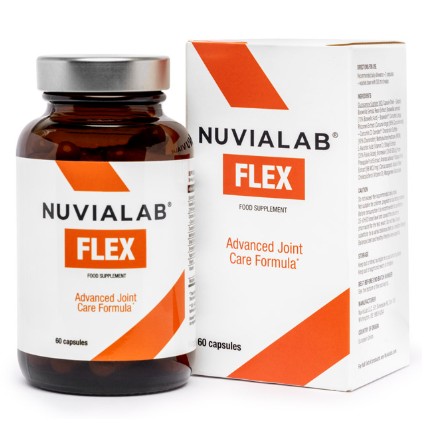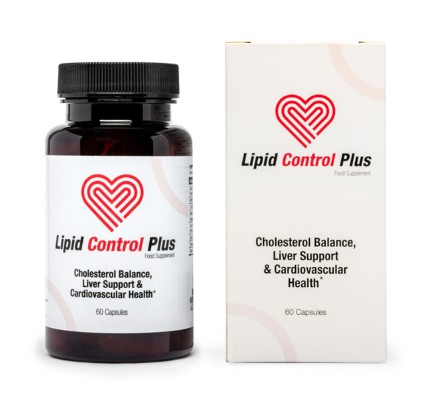We all know that staying active is crucial as we age, but is relying solely on walking after 70 actually doing more harm than good? According to doctors, the answer might surprise you. While walking is beneficial, it’s not a complete exercise solution, and over-reliance on it can lead to muscle loss, joint problems, and an increased risk of falls – all things that accelerate the aging process.
As NutriGem, a global expert in nutrition and natural supplements, I’m here to reveal the truth about exercise after 70. This isn’t about giving up walking; it’s about expanding your routine to include five essential elements that are often overlooked, but are critical for maintaining strength, mobility, and independence.
The Problem with « Just Walking »
Walking is great for cardiovascular health and general activity, but it has limitations:
- Muscle Loss (Sarcopenia): Walking primarily works the lower body, and even then, it doesn’t provide enough resistance to build or maintain muscle mass. After 70, sarcopenia (age-related muscle loss) becomes a major threat to independence.
- Balance: Walking doesn’t significantly challenge the small stabilizing muscles crucial for balance. Poor balance is a leading cause of falls in older adults.
- Flexibility: Walking doesn’t stretch muscles fully or engage the full range of motion of your joints, leading to stiffness and reduced mobility.
- Core Strength: Walking doesn’t adequately engage the deep core muscles that support your spine and posture.
- Joint Strain: The repetitive impact of walking, especially on hard surfaces, can strain aging joints, particularly knees, hips, and feet.
The key takeaway? Walking is a component of a healthy lifestyle, but it’s not the whole picture, especially after 70.
The 5 Essential Elements for Healthy Aging (Beyond Walking)
Here are the five crucial areas to prioritize, along with specific examples and supplement recommendations:
1. Strength Training: Preserve Muscle Mass
Why it’s crucial: Strength training directly combats sarcopenia, improves balance, and protects against injuries and falls. It’s about maintaining the ability to perform everyday tasks – carrying groceries, getting up from a chair, opening jars – without struggling.
What to do:
- Resistance Bands: Lightweight, versatile, and easy on the joints.
- Bodyweight Exercises: Squats (even against a wall or countertop), push-ups (modified against a wall), lunges.
- Light Weights: Start with small dumbbells or even soup cans!
- Progressive Resistance: Gradually increase the challenge (weight, repetitions, or resistance) as you get stronger.
Key Concept: Progressive Overload
To make muscles adapt and grow stronger, the body must be submitted to some resistance (weights, elastic bands, body weight, etc.).
Supplement Support:
- Collagen Select: Collagen is a key structural protein in muscles, tendons, and ligaments. Supplementing with collagen can support muscle repair and growth, and improve joint health.

2. Balance & Stability Exercises: Prevent Falls
Why it’s crucial: Falls are a leading cause of serious injury in older adults. Balance training strengthens the stabilizing muscles and improves your body’s ability to react to unexpected movements.
What to do:
- Single-Leg Stance: Stand on one foot (near a counter for support if needed), and gradually increase the time you can hold the position.
- Heel-to-Toe Walking: Walk in a straight line, placing the heel of one foot directly in front of the toes of the other foot.
- Weight Shifts: Practice shifting your weight slowly from one foot to the other.
- Yoga and Tai Chi: Excellent for improving balance, coordination, and flexibility.
Supplement Support:
- NuviaLab Flex: This supplement contains ingredients that support joint health and flexibility, which are essential for maintaining balance. Find it here:

3. Flexibility & Mobility Exercises: Keep Joints Healthy
Why it’s crucial: As we age, joints stiffen and range of motion decreases. Flexibility and mobility exercises keep joints lubricated, reduce stiffness, and improve overall movement.
What to do:
- Dynamic Stretching: Controlled movements that take your joints through their full range of motion (arm circles, leg swings, torso twists).
- Gentle Yoga: Improves flexibility, balance, and strength.
- Joint-Specific Exercises: Neck rotations, shoulder rolls, knee-to-chest stretches, ankle circles.
Supplement Support:
- Flexomore: Specifically formulated to support joint health, Flexomore can help improve flexibility and reduce stiffness.
4. Core & Posture Exercises: Protect Your Spine
Why it’s crucial: A strong core stabilizes your spine, prevents back pain, and improves posture. Poor posture can lead to strain, imbalance, and increased risk of falls.
What to do:
- Seated Pelvic Tilts: Gently tilt your pelvis forward and backward while sitting.
- Standing Posture Resets: Stand tall against a wall, engaging your core muscles.
- Abdominal Bracing: Practice tightening your abdominal muscles as if preparing for a punch.
- Plank (Modified): Can be done on knees or against a wall to reduce strain.
Supplement Support:
Because core exercices also involve muscles,
- Collagen Select: Collagen is a key structural protein in muscles, tendons, and ligaments. Supplementing with collagen can support muscle repair and growth, and improve joint health.

5. Joint Protection & Low-Impact Movements: Reduce Strain
Why it’s crucial: As cartilage wears down and joint fluid decreases, high-impact activities like excessive walking can put undue stress on joints. Low-impact movements provide the benefits of exercise without the strain.
What to do:
- Water Exercises (Swimming, Water Aerobics): The buoyancy of water reduces stress on joints.
- Cycling: Provides a cardiovascular workout without impact.
- Tai Chi: Gentle, flowing movements that improve balance, flexibility, and coordination.
- Chair-Based Exercises: Many exercises can be modified to be performed while seated, reducing strain on joints.
Supplement Support:
- Lipid Control Plus: Maintaining healthy cholesterol levels (supported by Lipid Control Plus) is important for overall cardiovascular health, which in turn supports healthy blood flow to joints and muscles.

Conclusion: It’s About Balanced Movement, Not Just Walking
Walking is a valuable part of a healthy lifestyle, but after 70, it’s essential to diversify your movement. By incorporating strength training, balance exercises, flexibility work, core strengthening, and low-impact activities, you’re providing your body with the complete support it needs to stay strong, mobile, and independent for years to come.
It’s never too late to start! Small changes, consistently applied, can have a profound impact on your health and well-being.
Which of these five areas will you focus on this week? Share your plans in the comments below!
- Related Reading:
- Weak legs can be a major concern as we age. Learn how to strengthen them here
- Struggling with leg cramps? Discover 3 superfoods that can help prevent them
- If you’re finding walking difficult, explore other options for staying active as a senior

4 réponses